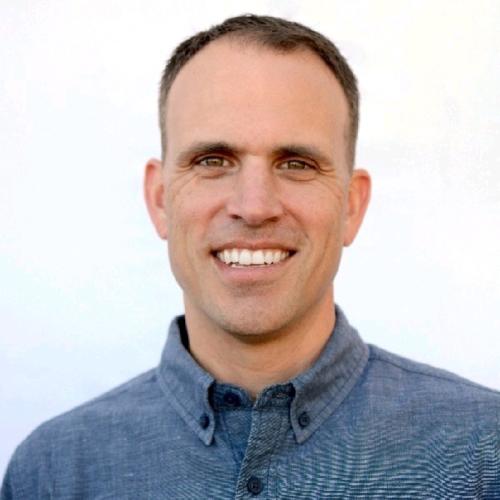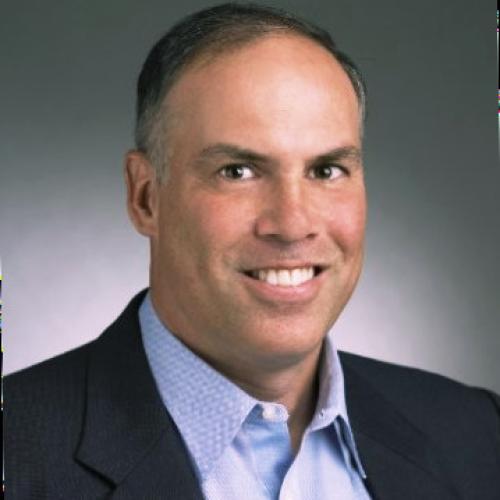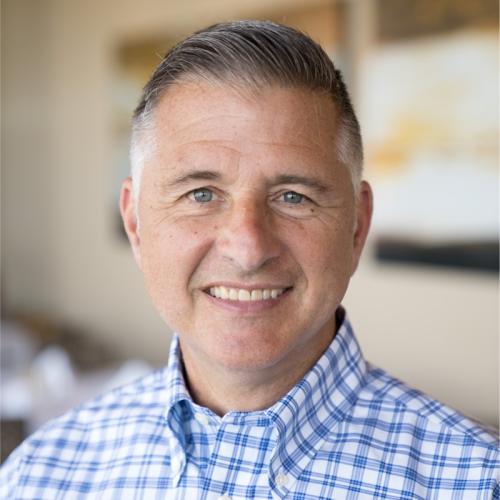Shell Upstream has been processing large subsurface datasets for multiple decades driving significant business value. Many of the state of the art algorithms for this have been developed using deep domain knowledge and have benefitted from the hardware technology improvements over the years. However, the demand for more efficient processing as datasets get bigger and the algorithms become even more complex is ever-growing. This talk will focus on the memory and data management challenges for a variety of traditional HPC workflows in the energy industry. It will also cover unique challenges for accelerating modern AI-based workflows requiring new innovations.

Dr. Vibhor Aggarwal
Vibhor is an R&D leader with expertise in HPC Software, Scientific Visualization, Cloud Computing and AI technologies with 14 years of experience. He and his team at Shell are currently work on problems in optimizing HPC software for simulations, large-scale and generative AI, combination of Physics and AI models, developing platform and products for HPC-AI solutions as well as emerging HPC areas for energy transition at the forefront of Digital Innovation. He has two patents and several research publications. Vibhor has a BEng in Computer Engineering from University of Delhi and a PhD in Engineering from University of Warwick.










